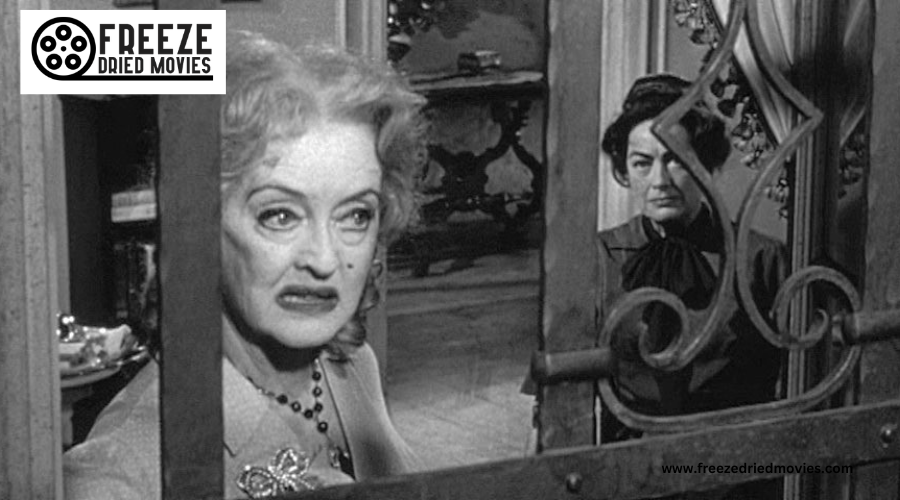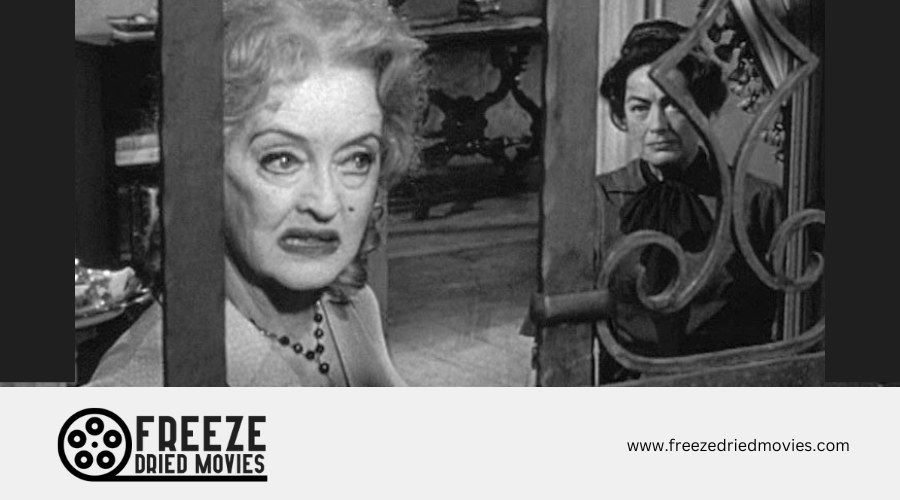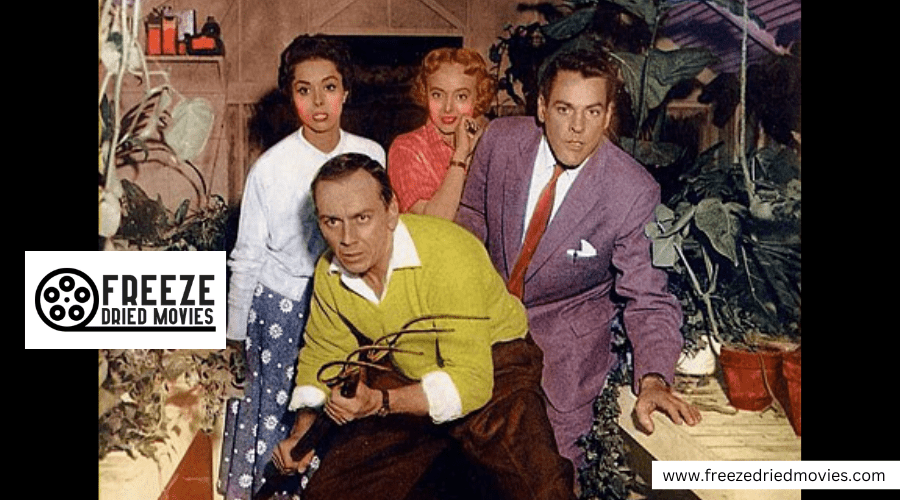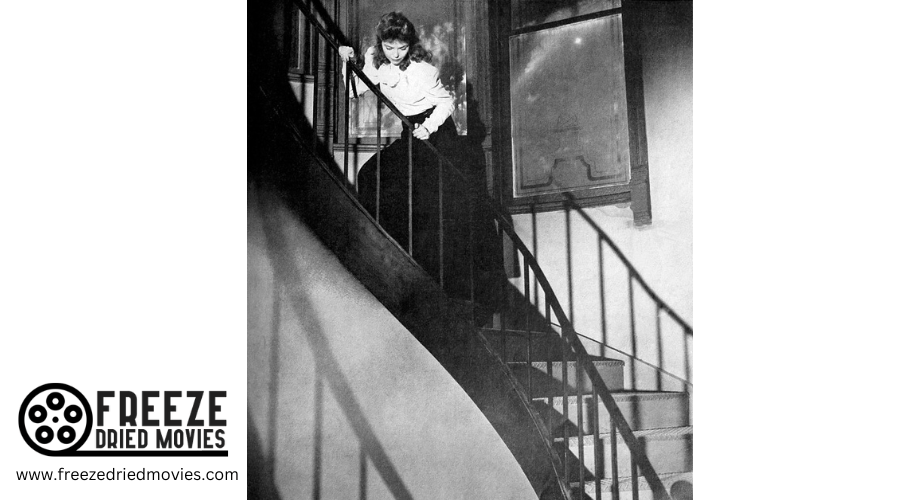Best Horror Villains: Unforgettable Icons of Fear
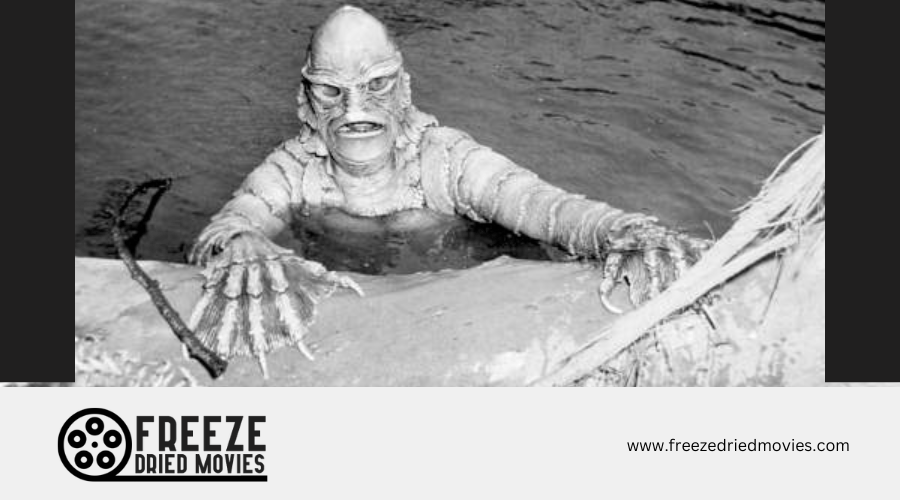
Horror villains often capture the imagination and become icons within popular culture. Many of these characters not only lead their own film series but also generate significant box office success. Creating a memorable horror figure typically requires a combination of compelling storytelling, unique traits, and a touch of the extraordinary. Examples of such enduring characters include Chucky, the Leprechaun, and the Creeper, all of whom have secured their places in horror history.
While some villains achieve legendary status, many others struggle to make a lasting impression. The genre is filled with a diverse range of antagonists, from demented dentists to festive murderers, each vying for recognition. Yet, few have reached the heights of iconic figures like Dracula or the notorious chainsaw wielders. As time progresses, the horror genre eagerly awaits the emergence of new villains capable of joining the ranks of these unforgettable characters.
1. Gill-man a.k.a. "The Creature," The Creature From the Black Lagoon (1954)
In this classic horror film, a fierce aquatic creature falls for a beautiful scientist named Kay, played by Julie Adams. Set against the backdrop of a geological expedition, the plot shares similarities with King Kong, but unfolds in a mysterious lagoon instead.
Ben Chapman brought the Gill-man to life on land, while Ricou Browning portrayed it underwater. Interestingly, Chapman viewed the creature not as a monster, but rather as a protector of its territory from intruders. The film, notable for being the sole Universal Monster feature in the 1950s, offered audiences a unique experience, particularly as it was presented in 3-D during its initial release. This blend of horror and romance made it a memorable entry in the genre.
2. Mr. Hyde, Dr. Jekyll and Mr. Hyde (1931)

In Dr. Jekyll and Mr. Hyde (1931), Dr. Jekyll, portrayed by Fredric March, grapples with his darker side as he pursues his dangerous ambitions. This film offers a unique look at the theme of dual personalities, based on Robert Louis Stevenson’s classic tale from Strange Case of Dr Jekyll and Mr Hyde (1886).
As the 13th adaptation of Stevenson’s work, this version stands out for its groundbreaking filmmaking techniques. Director Rouben Mamoulian used innovative in-camera effects to visually depict Jekyll’s startling transformation into Hyde in a single shot. March made history by becoming the first actor to receive an Oscar for Best Actor in a horror role, marking a significant achievement in cinematic history. This film remains a pivotal exploration of the battle between good and evil within a single individual.
3. The Babadook, The Babadook (2014)
In Jennifer Kent's chilling psychological horror film, the Babadook emerges when Amelia reads a disturbing pop-up book to her son, Samuel. This creature brings a haunting presence, resulting in relentless terror for the pair. The Babadook is characterized by its striking wide grin and iconic top hat, making it a memorable villain in contemporary horror. As the story unfolds, the bond between mother and son is tested, reflecting deeper themes of grief and fear. The film's unique portrayal of the Babadook resonates, ensuring its place in horror iconography.
4. Leatherface, The Texas Chain Saw Massacre (1974)
Leatherface, portrayed by Gunnar Hansen, stands as one of horror's most disturbing figures. His signature look involves wearing the faces of his victims, making him both terrifying and grotesque. Encountering Leatherface often leaves his victims frozen in fear, similar to the myth of Medusa's gaze. His weapon of choice is a chainsaw, which he wields with chilling efficiency.
While The Texas Chain Saw Massacre is a serious film, director Tobe Hooper gives a darkly humorous insight into Leatherface’s psyche. He muses that Leatherface might be confused about the sudden influx of teens in his territory, pondering, "Where the hell are all these kids coming from?" This hint at his bewilderment adds depth to his character amidst the horror.
5. The Jigsaw Killer in the Saw Series (2003–Present)
John Kramer, known as the Jigsaw Killer, is a cunning and calculating figure in the horror genre. Introduced in Saw (2004), he captures individuals to teach them crucial lessons about life and survival. In one of the film's pivotal scenes, he confines Dr. Gordon and a photographer in a bathroom, using deadly traps where escape relies on a saw. His character is not just terrifying but also embodies a twisted moral philosophy. Played by Tobin Bell, Kramer became iconic for his elaborate games and psychological manipulation, marking him as one of horror’s most memorable villains. His complex motives and chilling methods continue to engage audiences.
6. Lawrence "Larry" Talbot a.k.a. "The Wolf Man," The Wolf Man (1941)
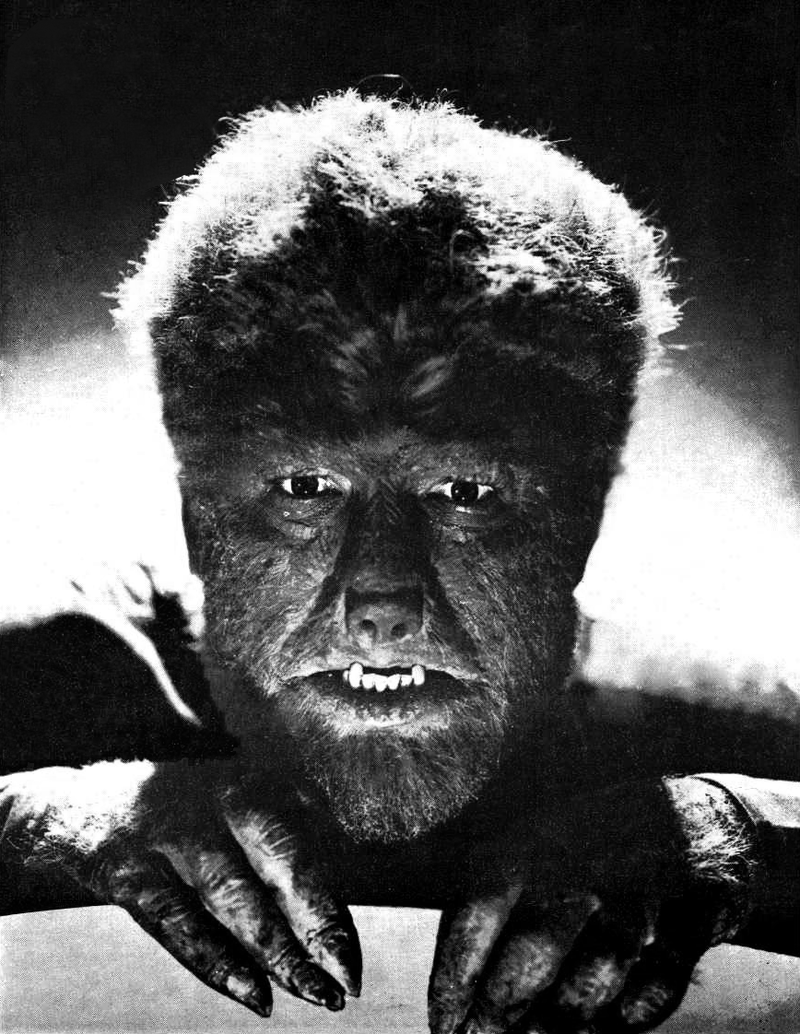
Larry Talbot, portrayed by Lon Chaney Jr., undergoes a drastic transformation after being bitten by a werewolf. When the full moon rises and wolfsbane blooms, the once-gentle Talbot becomes a fearsome creature known as the Wolf Man. This character stands out among Universal Monsters for his tragic duality.
Gwen, played by Evelyn Ankers, becomes the object of Talbot’s affection. Despite the tension between the actors, their chemistry resonates on screen. In a suspenseful moment, the Wolf Man nearly strangles Gwen, highlighting the inner conflict between his human side and the beast within. The iconic makeup created by Jack Pierce adds to the visual terror of the Wolf Man, making this character a significant figure in horror cinema.
7. Samara Morgan/Sadako Yamamura, Ringu (1998) and The Ring (2002)
The haunting presence of Samara Morgan, known as Sadako Yamamura in Ringu, plays a central role in both the Japanese and American horror films. The plot revolves around a cursed videotape that delivers a foreboding message: "Seven days." Anyone who views the tape faces imminent death unless they share it with another.
Samara is portrayed as a vengeful spirit with supernatural abilities. Her image—long, dark hair obscuring her face—has become iconic in the horror genre. The chilling moment when she emerges from the TV screen captures her intense rage and sorrow. Both adaptations explore themes of fear, obsession, and the consequences of a terrible past, marking Samara and Sadako as unforgettable figures in horror cinema.
8. Annie Wilkes, Misery (1990)
Annie Wilkes, played by Kathy Bates, is a chilling example of fandom gone wrong. At first glance, she appears to be a devoted admirer of novelist Paul Sheldon (portrayed by James Caan). After a car accident sidelines him, she brings him to her isolated home to care for his injuries. Her initial kindness quickly turns sinister when she becomes enraged by the ending of his latest book. Demanding that he rewrite the story, her true, unstable nature surfaces as the tension escalates. Bates' transformative performance earned her an Academy Award, showcasing her ability to render Annie a complex character rather than a mere villain. This depth makes her a memorable character in horror cinema.
9. The Phantom, The Phantom of the Opera (1925)

The Phantom, portrayed by Lon Chaney Sr., resides in the mysterious depths of the Paris Opera House. His obsession lies with the young opera singer, Christine Daaé. Chaney’s portrayal captures the essence of tortured love and loss, marking The Phantom of the Opera as a classic in horror cinema. The Phantom’s desires drive him to terrible extremes, including a dramatic scene where he causes a chandelier to fall, resulting in chaos and tragedy for the audience.
Lon Chaney, known as "the Man of a Thousand Faces," created his own intricate makeup to embody the character's disfigurement. His artistry in makeup is on display and still holds historical significance today, with his kit preserved at the Natural History Museum of Los Angeles. This film continues to influence adaptations across different media, maintaining its relevance in pop culture.
10. Pazuzu, The Exorcist (1973)
In The Exorcist, the character Pazuzu is a powerful demon that takes control of 12-year-old Regan, portrayed by Linda Blair. The film features shocking scenes, including Regan’s disturbing actions and her use of vulgar language directed at the priests. These moments contributed to an unsettling atmosphere, with reports of audience members fainting during screenings.
Pazuzu is depicted mainly through a statue early in the film and a fleeting view of its pale visage. The true terror lies in Pazuzu's ability to transform an innocent child into something unrecognizable, showcasing the depths of demonic possession.
11. Pinhead, the Hellraiser franchise (1987–2022)
Pinhead, portrayed by Doug Bradley, is a notorious figure within the horror genre, known for his chilling presence and gruesome methods. As the leader of the Cenobites, he can only transcend into the human realm when someone unlocks the Lament Configuration puzzle box. His approach to torment is uniquely horrific, employing metal hooks and chains that tear into his victims flesh with terrifying precision.
In the original Hellraiser film, Pinhead has a surprisingly brief screen time of approximately 10 minutes. Interestingly, he is never referred to by name throughout the movie, adding to his enigmatic nature. His character contrasts sharply with his eloquent speech, revealing a fascination with the English language that enhances his sinister demeanor. This compelling combination of charm and malice makes Pinhead one of the most memorable horror villains in cinematic history.
12. The Invisible Man, The Invisible Man (1933)
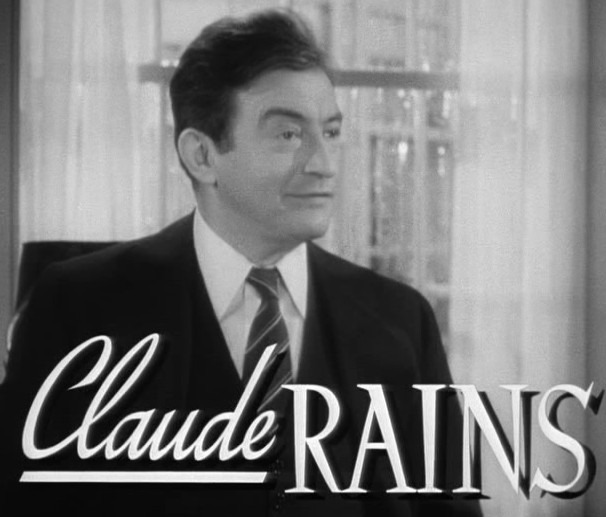
Dr. Jack Griffin, portrayed by Claude Rains, is one of cinema's most infamous villains. He possesses a terrifying gift: invisibility, which allows him to commit any crime undetected. However, this remarkable ability comes at a cost, as it unravels his sanity. Rains, known for his role in Casablanca, was not the initial choice for the part. Director James Whale first sought Boris Karloff, famous for Frankenstein, but Karloff declined due to a disagreement. Colin Clive, another familiar face from Frankenstein, was also approached but chose not to participate.
Interestingly, Gloria Stuart, who plays Griffin's fiancée, later gained fame as the elderly Rose in Titanic. This film, celebrated for its creative storytelling, mixes science fiction with horror, providing a unique take on H.G. Wells's classic tale while showcasing the destructive nature of unchecked ambition.
13. The Menacing Bruce the Shark from Jaws (1975)
In the summer of 1975, filmmaker Steven Spielberg introduced audiences to Bruce, a fierce great white shark that became an icon of fear. This relentless predator showed no mercy, targeting anyone who dared to swim in the ocean. The movie Jaws did not just create a memorable villain; it also launched the concept of the summer blockbuster, inspiring many future films to follow suit.
Curiously, the mechanical shark used in the production faced numerous issues, which frustrated Spielberg during filming. The shark, intended for use in saltwater, was mistakenly built for freshwater. Spielberg remarked on the error, highlighting the bizarre oversight they made despite knowing the filming location. This film left a lasting impact on both horror cinema and the cultural perception of sharks.
14. Carrie White, Carrie (1976)
Carrie White, portrayed by Sissy Spacek, is often regarded as one of the top horror villains in film history. Yet, the question remains: is she truly the monster, or just a victim of her circumstances? Subjected to relentless bullying in Brian De Palma’s adaptation of Stephen King's story, Carrie's tragic experiences evoke sympathy from the audience.
For her audition, Spacek went to great lengths to embody the character, arriving looking disheveled. She used Vaseline to grease her hair and didn’t even brush her teeth that day. This dedication contributed to an Oscar-nominated performance that transforms into chaos at the infamous prom, where Carrie unleashes her powers and takes revenge on her classmates and teachers.
15. Jason Voorhees in the Friday the 13th Series (1980–2009)
Jason Voorhees first emerged as a drowned boy in the eerie waters of Camp Crystal Lake during the 1980 film Friday the 13th. Initially, he was portrayed by Ari Lehman as the young antagonist, launching an iconic horror legacy. Jason's character evolved through various films, culminating in Jason X (2001), where he transformed into a cyborg reminiscent of 1980s action heroes.
Despite his many changes, a key element remains: Jason is an unstoppable force of vengeance. Each version of him, whether a boy or a technologically advanced killer, embodies a singular truth—he is nearly impossible to defeat.
Sean S. Cunningham, who directed the first film, and writer Victor Miller set the stage for Jason's reign of terror, crafting a narrative that has captivated audiences for decades. The decision to cast a different actor instead of Cunningham's son highlighted the creative choices behind bringing this celebrated character to life.
16. Pennywise, It (1990; 2017–2019)
Pennywise is a key figure in the horror landscape, often causing fear in countless viewers. While he appears as a clown, this character is a shape-shifting, malevolent entity that seeks out children to exploit their worst fears. This character originated from Stephen King's novel and extended into a 1990 miniseries and later two popular movies in the late 2010s. The tales of Pennywise revolve around the "Losers Club," a group of kids in Derry, Maine, whose horrifying encounters with the creature leave lasting scars. Such experiences contribute to a wider cultural fear of clowns, known as coulrophobia.
17. Godzilla, the Godzilla franchise (1954–present)
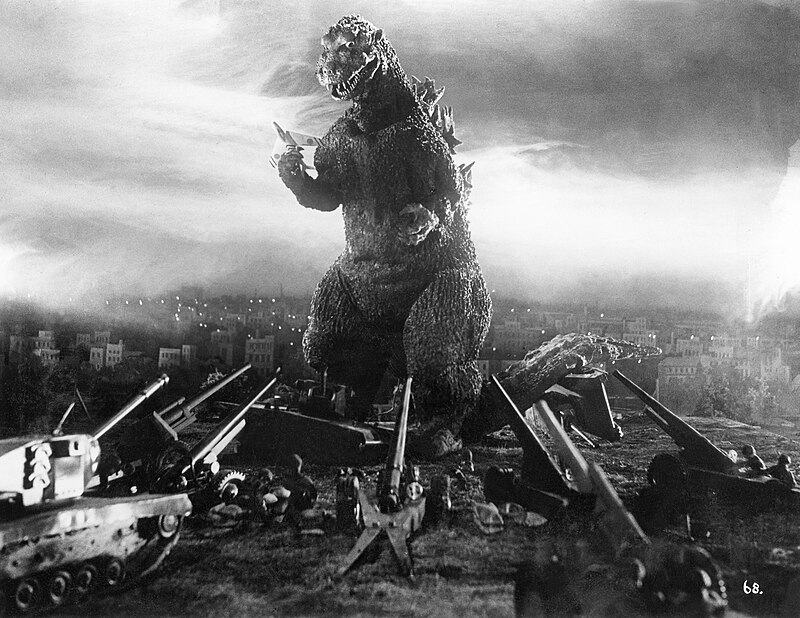
Godzilla, known as the King of the Monsters, stands as a formidable figure in horror cinema. He first appeared in the film Gojira in 1954, representing the catastrophic power of nuclear weapons. He wreaked havoc across Japan, embodying destruction with his fiery atomic breath.
While Godzilla sometimes takes a heroic role, his origins are rooted in terror. A notable scene from Godzilla vs. King Ghidorah (1991) highlights this. A war veteran mistakenly believes Godzilla recognizes and honors him. Instead, Godzilla responds with a devastating blast of fire, showcasing the monster's ruthless nature. This blend of heroism and villainy makes Godzilla a complex character in the franchise's rich history.
18. Freddy Krueger and the A Nightmare on Elm Street Series (1984–2010)
Freddy Krueger, portrayed by Robert Englund, stands out as a distinctive figure among horror villains. Unlike many others, he possesses the terrifying ability to invade the dreams of his victims. When Krueger kills someone within their dreams, that person dies in real life. The original film, A Nightmare on Elm Street (1984), is considered the most frightening in the series. Each sequel, however, sees Freddy’s character evolve, incorporating a more vibrant and theatrical personality.
Krueger's malicious acts against the children of Elm Street go beyond mere murder. He takes pleasure in taunting his victims with notorious one-liners before delivering the fatal blow. Robert Englund secured his role after the original choice, David Warner, had to withdraw due to scheduling issues. Englund channeled his feelings of envy towards co-stars like Heather Langenkamp and Johnny Depp to fuel Krueger’s unsettling anger.
19. The Masked Villain of the Scream Series (1996–present)
"What's your favorite scary movie?" This chilling question is a signature line of Ghostface, the character known for his clever and deadly tactics. Ghostface stands out among horror villains by cleverly manipulating the rules of horror films to bring about the demise of victims. Many actors have portrayed this iconic figure, but one notable performance is by Billy Loomis, played by Skeet Ulrich, in the original Scream film.
Ulrich was drawn to the role of Sidney Prescott's boyfriend due to its complexity. Unlike typical characters in teen movies, Billy was not just the conventional love interest. Interestingly, there was initial consideration for a different actress, Molly Ringwald, for Sidney's role. Ultimately, she declined, as she did not wish to play a teenager again at that stage in her career.
20. Candyman, The Candyman Series (1992–1999; 2021)
In the 1992 film, Helen Lyle, portrayed by Virginia Madsen, encounters the terrifying figure of Candyman, played by Tony Todd. This character embodies a mixture of fascination and dread, pulling Helen into a world where horror and admiration are intertwined. The film explores themes of urban legend and fear, establishing Candyman as a significant figure in horror.
One remarkable scene involves Todd being stung by real bees—23 times. The filmmakers wanted authenticity, capturing a striking image of bees emerging from Candyman's mouth, which has left a lasting impression on audiences. Todd negotiated a deal, ensuring he received $1,000 for each sting, making the experience both physically painful and financially rewarding.
The Candyman series continued beyond the original film, extending into several sequels released between 1995 and 1999, with a more recent addition in 2021. The franchise examines the evolution of the Candyman legend, reflecting changing societal fears and cultural themes across different eras.
21. Michael Myers and the Halloween Series (1978–2022)
Michael Myers is a chilling figure in horror cinema. He first appeared as a child who committed a shocking act by killing his sister. As an adult, he embodies a relentless force of nature, similar to Jason Voorhees. Both are characterized by their quiet demeanor and methodical movements, yet Myers stands out with his distinctive mask that is inspired by a William Shatner likeness.
In John Carpenter's Halloween (1978), he is referred to as "the Shape." His motives for killing remain a mystery, adding to his terrifying presence as he seems virtually unkillable.
The Halloween franchise began with a modest budget of $320,000, turning into one of the most successful horror series. Notably, actor Donald Pleasence portrayed Dr. Sam Loomis, a psychiatrist determined to halt Myers. His contribution added significant depth to the films, helping to elevate them beyond their low-budget origins.
Michael Myers has since become a legendary figure, leaving an indelible mark on the slasher genre.
22. Norman Bates, Psycho (1960)
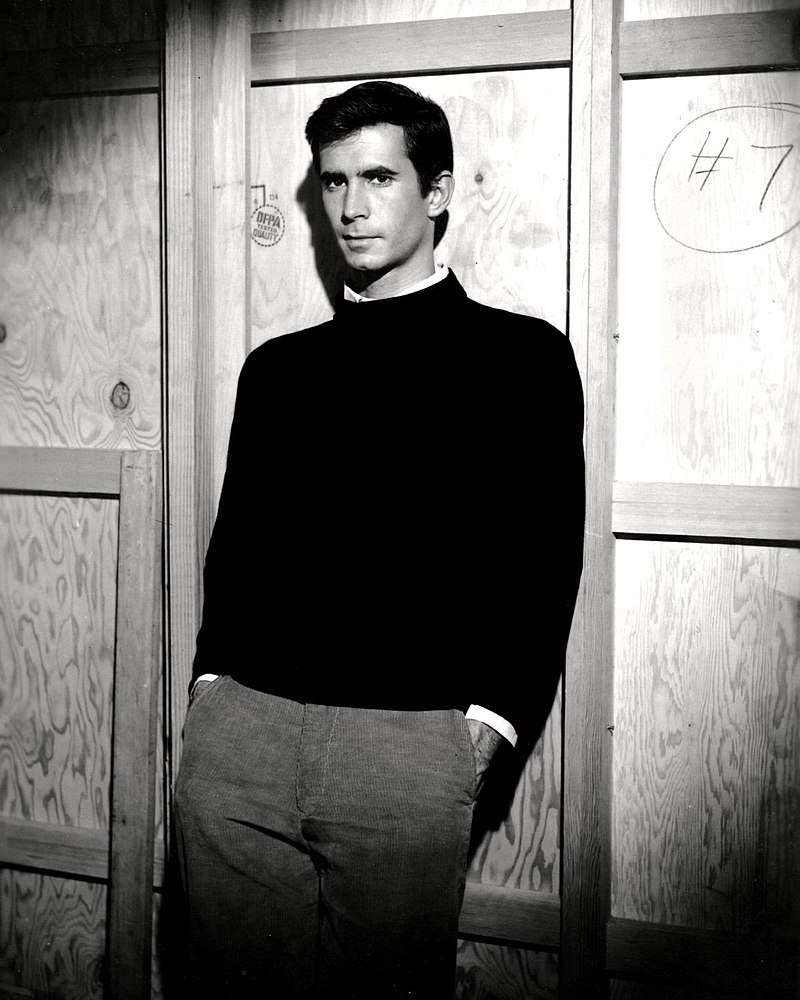
Norman Bates, portrayed by Anthony Perkins, embodies a classic character in horror cinema. He is one of the most recognized fictional killers, often mentioned alongside other notorious figures like Jack Torrance and Buffalo Bill. The complexity of Norman’s character plays a significant role in the film's impactful twist ending.
Alfred Hitchcock had a notable fondness for Perkins, even playfully calling him "Master Bates." This close relationship allowed Perkins to add personal touches to the role, including his character’s quirky love for candy corn. In an interesting twist on filmmaking, the blood depicted in Psycho was actually Bosco chocolate syrup, showcasing the creative resourcefulness behind the production. Norman Bates remains a pivotal figure in horror, demonstrating the chilling blend of charm and insanity that captivates audiences.
23. The Creature from the Frankenstein Series (1931–1948)
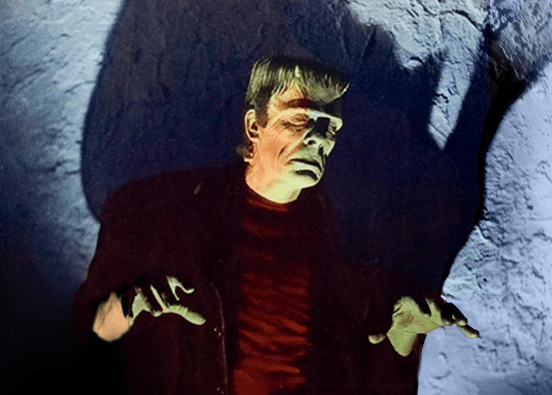
Dr. Henry Frankenstein's creation is a being of tremendous power, yet the decaying brain inside limits its ability to think rationally in Universal Pictures' Frankenstein (1931). This formidable monster can be seen as a precursor to later slasher icons, like Michael Myers and Jason Voorhees, who are infamous for their relentless attacks. Unlike those characters, however, this creature evokes sympathy from the audience.
Despite the tragic incident where the creature accidentally drowns a young girl, it is portrayed more as a victim than a true villain. In contrast, the 1994 remake featuring Robert De Niro presents a version of the creature that is more aligned with Mary Shelley's original character: intelligent and capable of malevolence. Notably, Bela Lugosi was expected to play the Monster in 1931, but Boris Karloff was ultimately selected after a chance encounter that changed the film's direction.
24. Hannibal Lecter, Manhunter (1986), The Silence of the Lambs (1991), Hannibal (2001), Red Dragon (2002), and Hannibal Rising (2007)
Special agent Clarice Starling seeks help from the cunning Dr. Hannibal Lecter to capture the notorious serial killer, Buffalo Bill. Jodie Foster portrays Clarice, while Anthony Hopkins delivers an iconic performance as Lecter.
Hannibal Lecter has earned recognition as one of the most memorable villains in horror cinema. Hopkins’s portrayal of the cannibalistic psychiatrist marked a significant achievement, making him the second actor to win an Oscar for a role in this genre.
These films and their characters have left a lasting impact on audiences and continue to influence popular culture.
25. Count Dracula in Film (1931–Present)
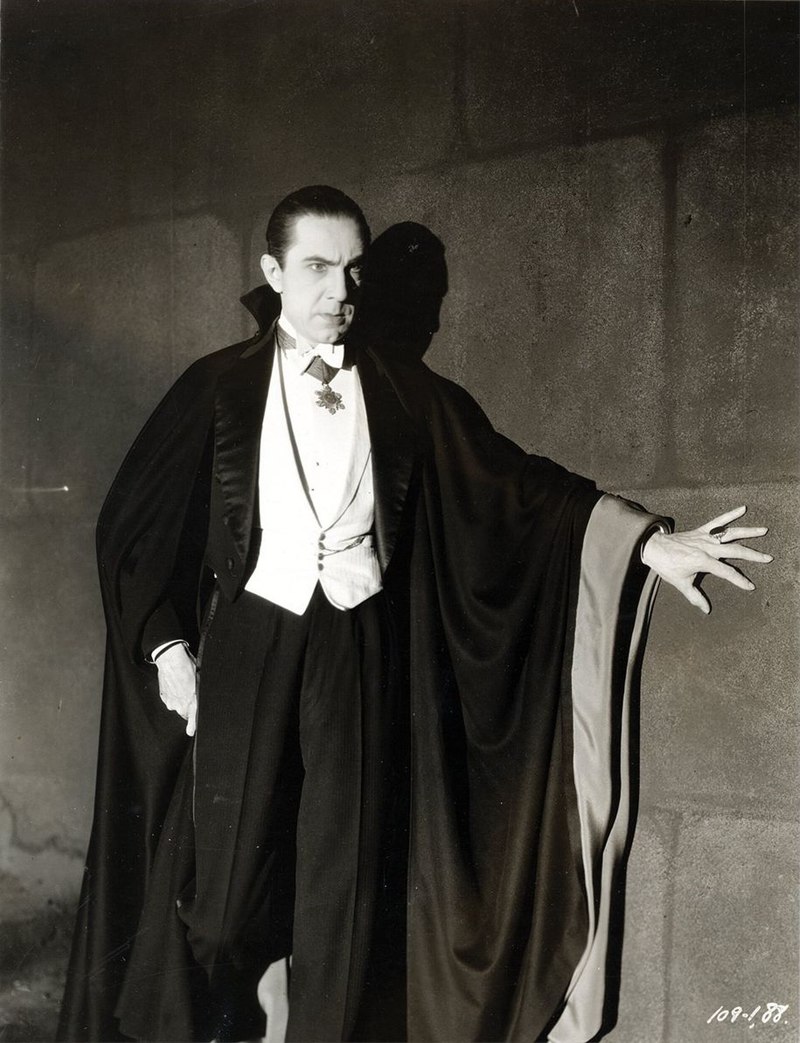
Count Dracula stands as the most significant figure in horror history. This character combines traits of a slasher and a serial killer, influencing countless vampire films since 1931. His remarkable abilities and immortality make him a uniquely terrifying antagonist.
While Bela Lugosi is often tied to the role, Sir Christopher Lee transformed Dracula into a more sinister and sadistic figure. Lee's imposing stature added a sense of grandeur, while his portrayal introduced a seductive quality that made the Count compelling. Although he became synonymous with the role, Lee expressed frustration with his character's representation in Hammer films, stating that they strayed far from Bram Stoker's original 1897 text. His desire was to embody the character as written by Stoker, feeling that the adaptations did not accurately reflect the book’s essence.

